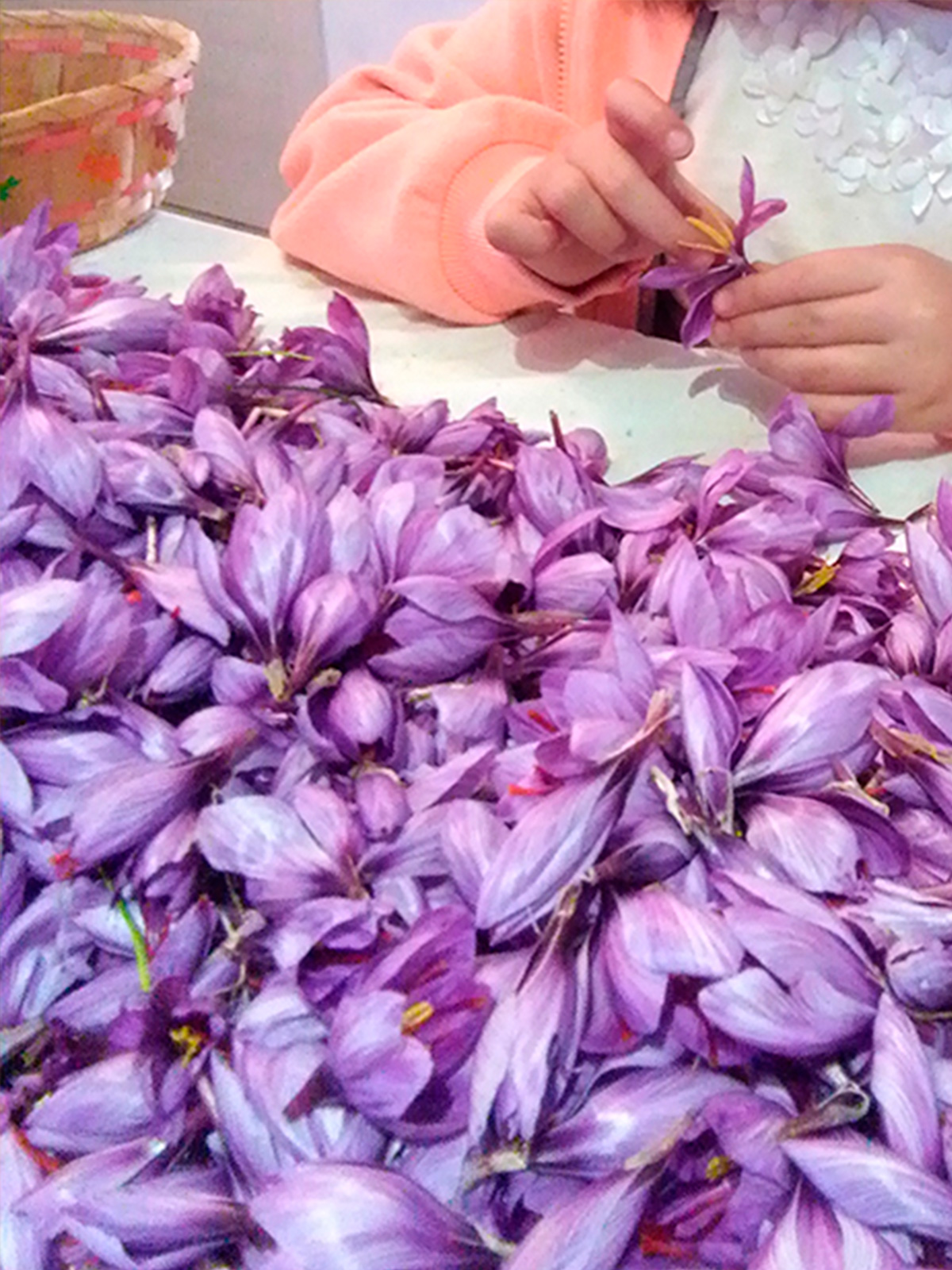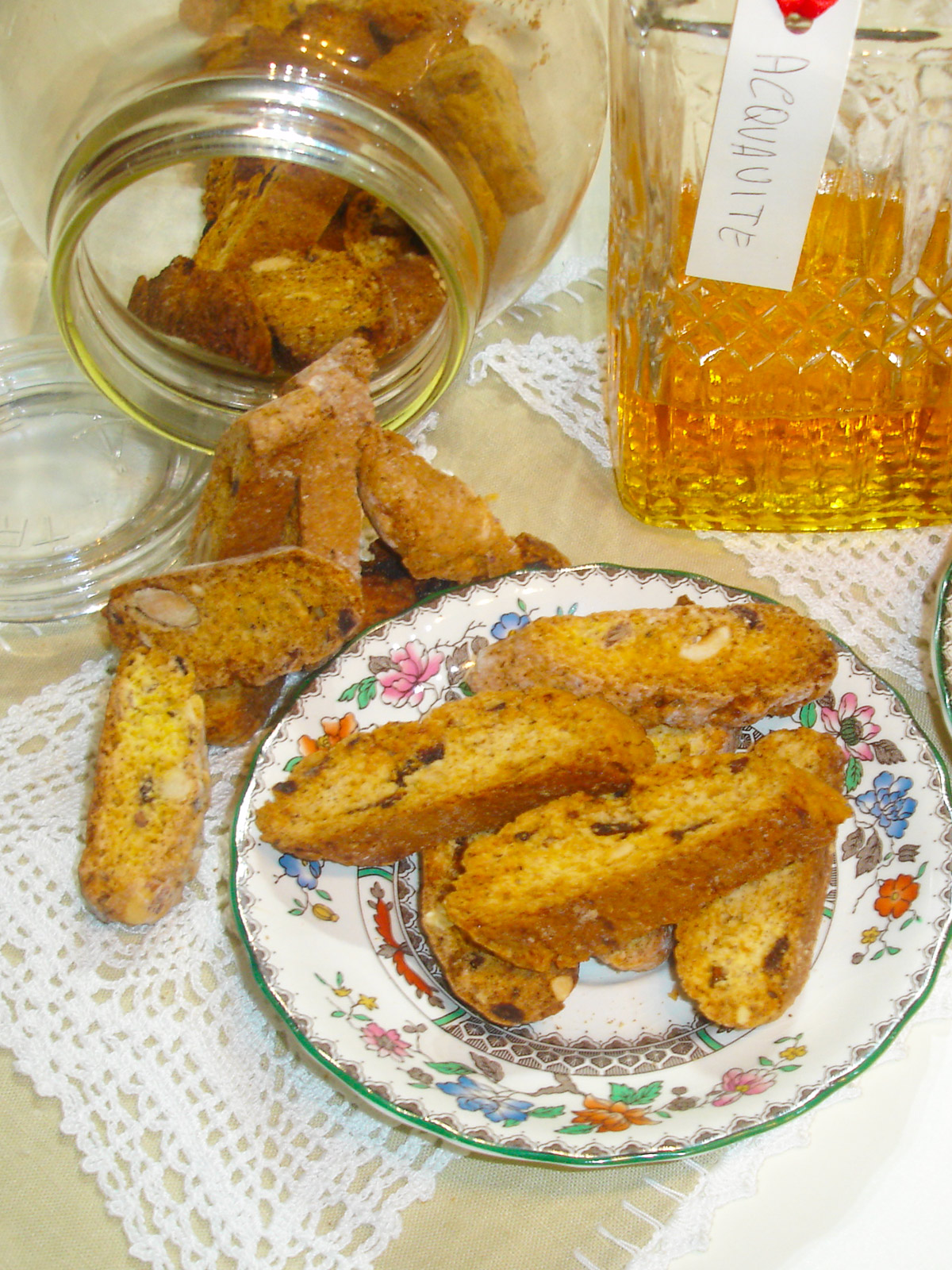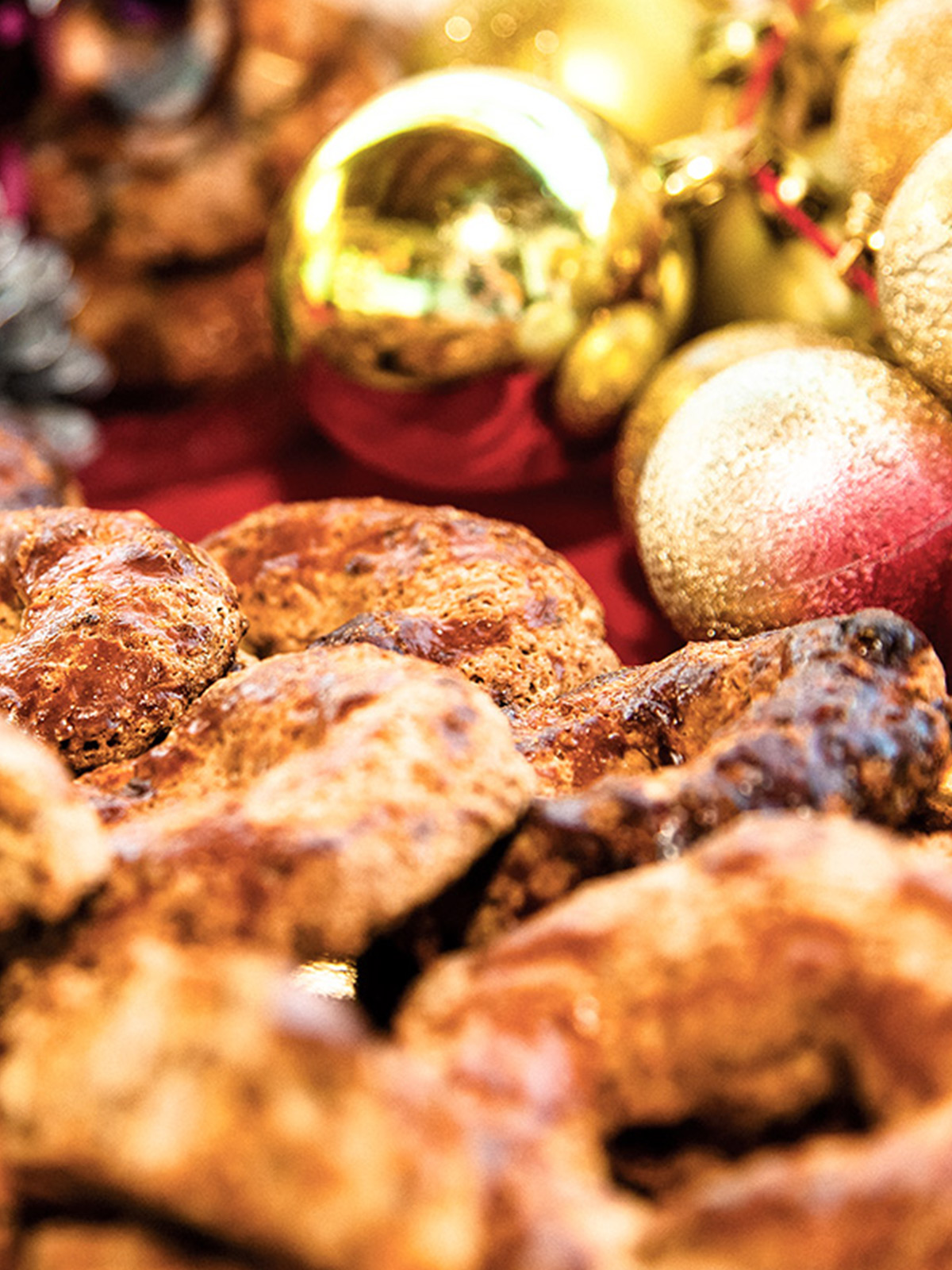Over four liters of milk are needed to obtain one kilo of buffalo mozzarella. The presence of precious hoaxes in Campania has been around for at least a thousand years.
At least, because there are also those who maintain that their history on the Peninsula can go back to Roman and even Greek times. Even the prevailing opinion of a more recent introduction, however, differs in identifying the creators of that innovation either in the Lombards or in the Normans, who would also have brought those particular bovids from Sicily to Campania, where they had arrived with the Arabs. This last thesis is connected to the formation, completed in the 11th century, of the large coastal marshes corresponding to the plains formed, to the north, by the Volturno and, to the south, by the Sele. Therefore, certainly in the Norman era, buffaloes increasingly populated the areas of Campania which still stand out today for the large production of buffalo milk and its numerous derivatives, starting with the most famous in the world: mozzarella.
The first written testimonies relating to hoaxes date back to the 12th century. In them reference is made to the custom of the friars of the Abbey of San Lorenzo in Capua of donating small cheeses with bread to the pilgrims who went in procession to their convent every year. Those buffalo milk cheeses were called "mozze" or "provature" when they were lightly smoked. From that first nucleus, the breeding of buffaloes and the transformation of their milk extended as far as Aversa and the Salernitano area, which remained for a long time the only markets in which the "mozze" were marketed, since their easy perishability was an impediment for transport them elsewhere. For this same reason, at the time "provature" and provola were more widespread, for which smoking ensured a longer duration.
The production process experienced its first turning point in the 15th century, when the milking spaces began to be differentiated from those for the preparation of the cheeses, which were moved to the "bufalare", which were huts made of straw, mud and masonry, equipped with a circular fireplace, necessary to heat the stretched curd before cutting it with your hands. Meanwhile, production continued to grow and buffalo cheeses to spread beyond the production areas. So much so that in 1570 the neologism mozzarella was used for the first time by Bartolomeo Scappi, a famous chef in papal Rome.
The golden age of mozzarella and buffalo milk-based delicacies coincided with the Bourbon reign. It was the Bourbons, very attentive to increasing agricultural and pastoral production in the kingdom, who created the first buffalo milk processing industry on the royal site of Carditello. There, by will of King Ferdinand IV, a cutting-edge company, the Real Masseria La Bufalaria, was established in 1750, where crossbreeding was also experimented to improve the quality of the milk used for mozzarella. All documented by the first buffalo register in history, in which all the leaders were described and had a name, corresponding to some personality of the court.
Campania Felix and the Sele plain were the two production areas from which mozzarella and provola began to spread. And to cope with the increase in demand, other farms were established up to the outskirts of the capital. Between the eighteenth and nineteenth centuries, buffaloes also grazed in ever greater numbers in Camaldoli, Ancarano, Piscinola and in the Capodimonte cow farm, together with other dairy animals. Meanwhile, thanks to the railway, the mozzarella from the Sele plain could also reach other parts of the kingdom.
The undisputed capital of the first dairy industry in history was Aversa, where, after the unification of Italy, the first wholesale market for buffalo cheeses arose, the "Taverna", where the price of mozzarella was formed every day in based on supply and demand for buffalo ricotta. However, just after 1860 the decline in production began, due to the rehabilitation of large parts of the Volturno plain and the decommissioning of the Carditello plants. Progressively, the number of buffaloes and the production of cheese decreased, until the mid-twentieth century, when the breed even risked extinction, with just eight thousand heads in the entire area of traditional breeding.






















Comments powered by CComment